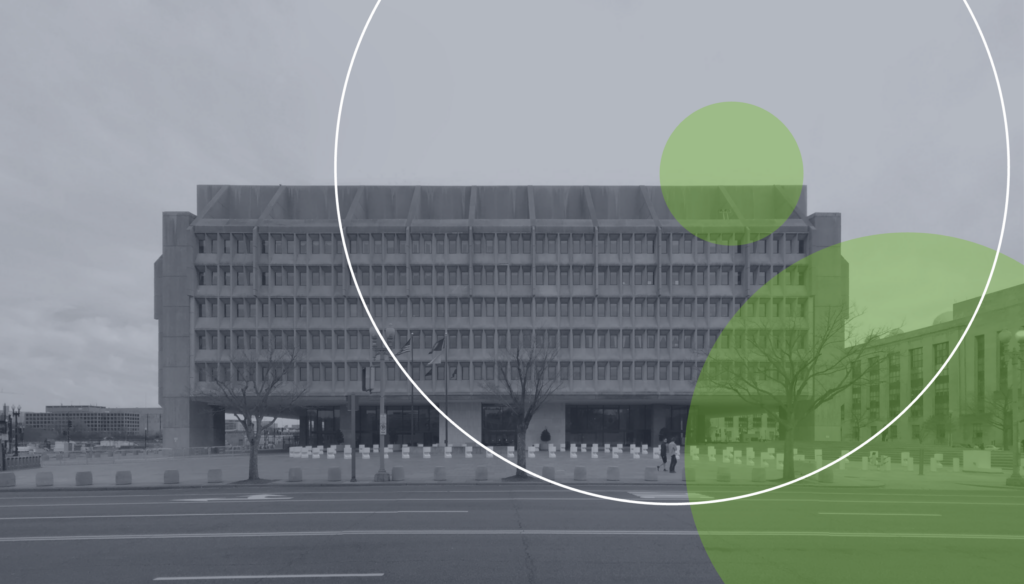The Centers for Medicare & Medicaid Services (CMS) has released its proposed rule for the 2026 Medicare Physician Fee Schedule (PFS), featuring several notable updates to physician reimbursement and care delivery policies. While not offering an across-the-board rate increase, the rule introduces targeted boosts for primary care, behavioral health, and chronic disease management—sending a clear signal about CMS’s evolving priorities.
CMS’s proposed 2026 physician payment rule reflects targeted, strategic steps toward a modernized Medicare. It prioritizes prevention, access, and flexibility—but stops short of broad relief for providers grappling with inflation and rising overhead. Hospital leaders who lean into value, optimize virtual care, and advocate for structural reform will be best positioned to navigate the evolving landscape.
Payment Adjustments and Policy Shifts
The 2026 Medicare Physician Fee Schedule includes a proposed 3.6% increase to the conversion factor used to calculate provider payments. The Centers for Medicare & Medicaid Services is proposing to boost the conversion factor by $1.17 over the 2025 amount, up to $33.42. Meanwhile, physicians participating in Alternative Payment Models aimed at cutting costs will receive a 3.83% increase to the conversion factor (or $1.24), which will reach $33.59 next year. The announcement stopped short of committing to site-neutral payment, but there could be change coming for physician and hospital reimbursement.
The announcement also included a plan to shift “the health care paradigm to prevention and wellness” in line with HHS Secretary Robert F. Kennedy Jr.’s “Make America Healthy Again” movement.
There will be fewer burdens to integrate behavioral health treatment into advanced primary care management. Going forwards, CMS would eliminate 10 quality measures “that did not directly improve patient health outcomes,” and there will be five new outcome measures that focus on chronic disease prevention, including prescreening for diabetes.
Key Provisions for Hospitals and Health Systems
- Remote Imaging Supervision Made Permanent: Radiologists would be allowed to supervise imaging procedures remotely on a permanent basis, a move aimed at improving workforce flexibility and access in underserved areas .
- Enhanced Payment for Prevention and Chronic Care: CMS proposes increasing relative value units (RVUs) for services like wellness visits, chronic care management, and behavioral health—supporting integrated care delivery across outpatient settings.
- Revised Payment Policy for Skin Substitutes: CMS proposes shifting payment for skin substitute products from the traditional “pass-through” method to inclusion in the procedure payment rate. This change—aimed at reducing administrative complexity and potential misuse—could significantly impact outpatient wound care reimbursement strategies and requires hospitals to reassess coding and cost structures for procedures involving these products.
Strategic Takeaways for Health System Leaders
- Prepare for Redistribution, Not a Windfall: The proposal favors primary care and preventive services. Specialists and proceduralists may experience cuts unless offset by new service lines or coding strategies.
- Scale Virtual and Remote Capabilities: With remote supervision now supported permanently in radiology and likely to expand, hospitals should invest in the infrastructure to make these services scalable and compliant.
- Align with Value-Based Care Incentives: The focus on behavioral health, chronic care, and social needs further confirms CMS’s trajectory toward population health. Leaders should ensure their clinical and data strategies reflect this shift.
- Advocate for Long-Term Reform: Despite targeted improvements, the physician payment system remains constrained by outdated statutory requirements. Health systems should continue pressing for inflation-adjusted updates and reform of the budget neutrality formula.
